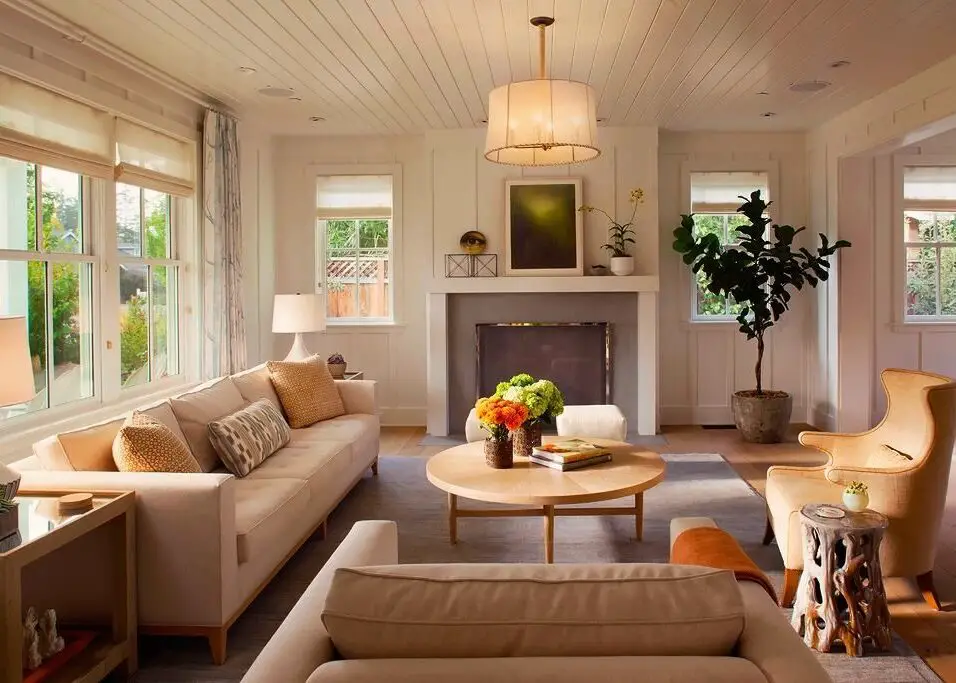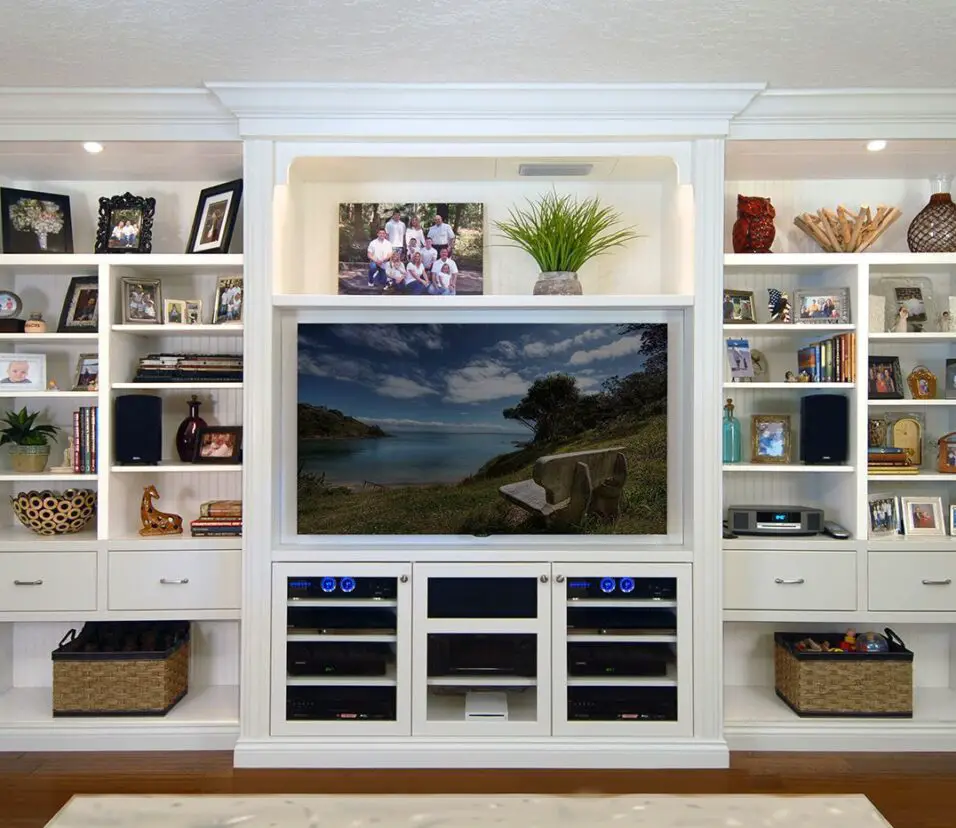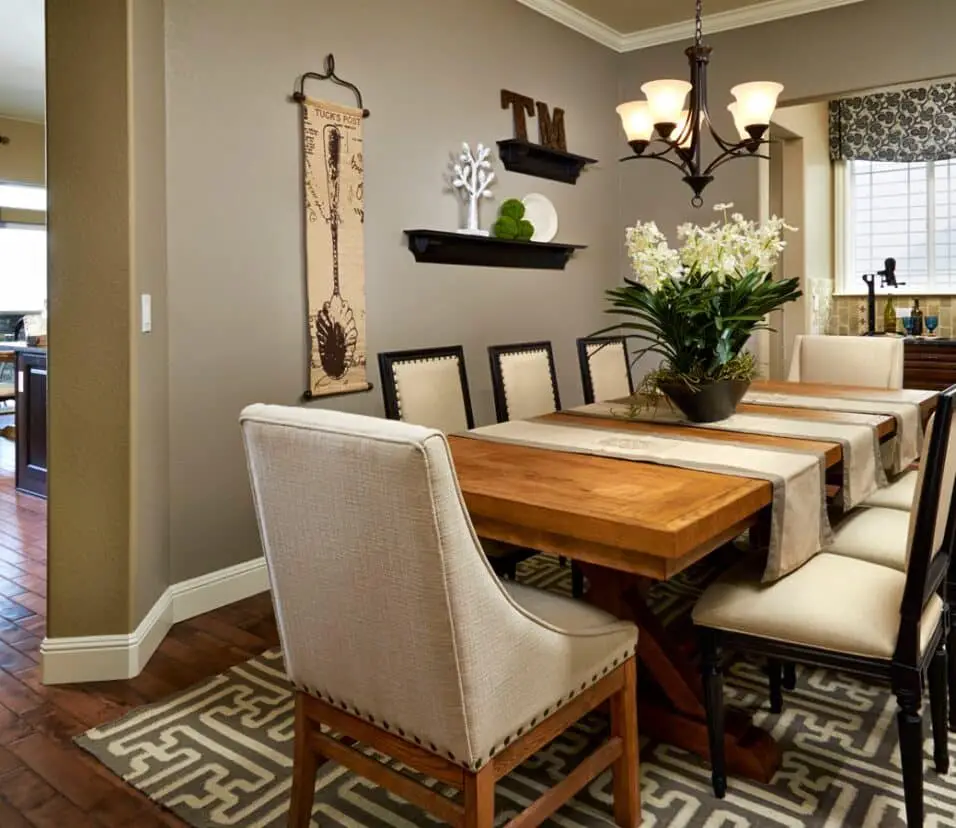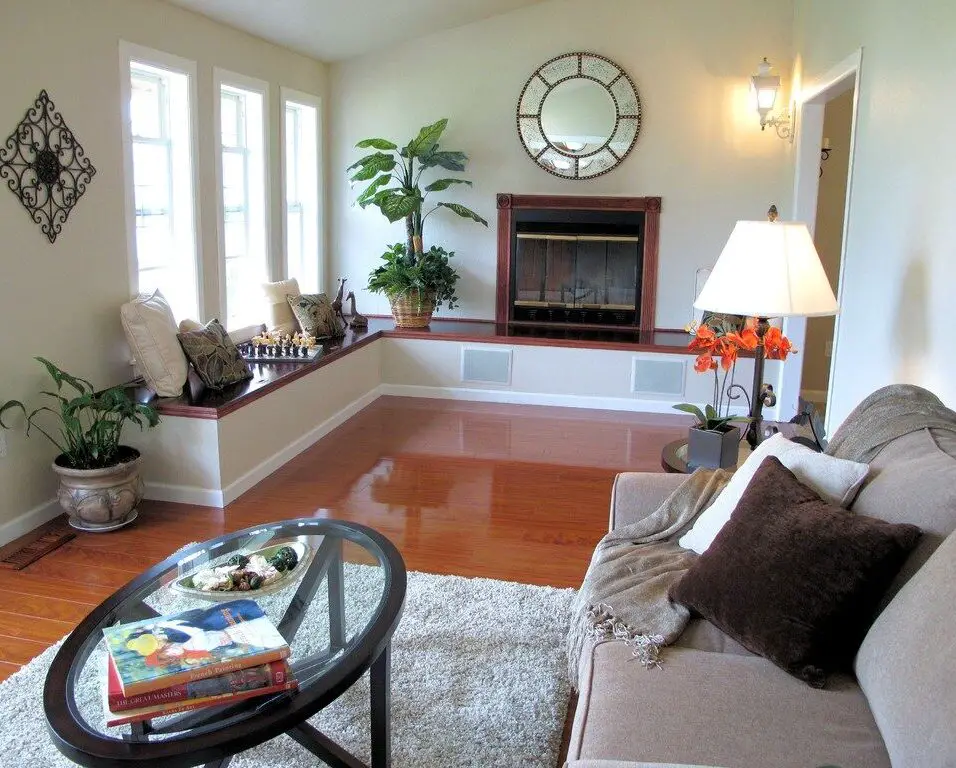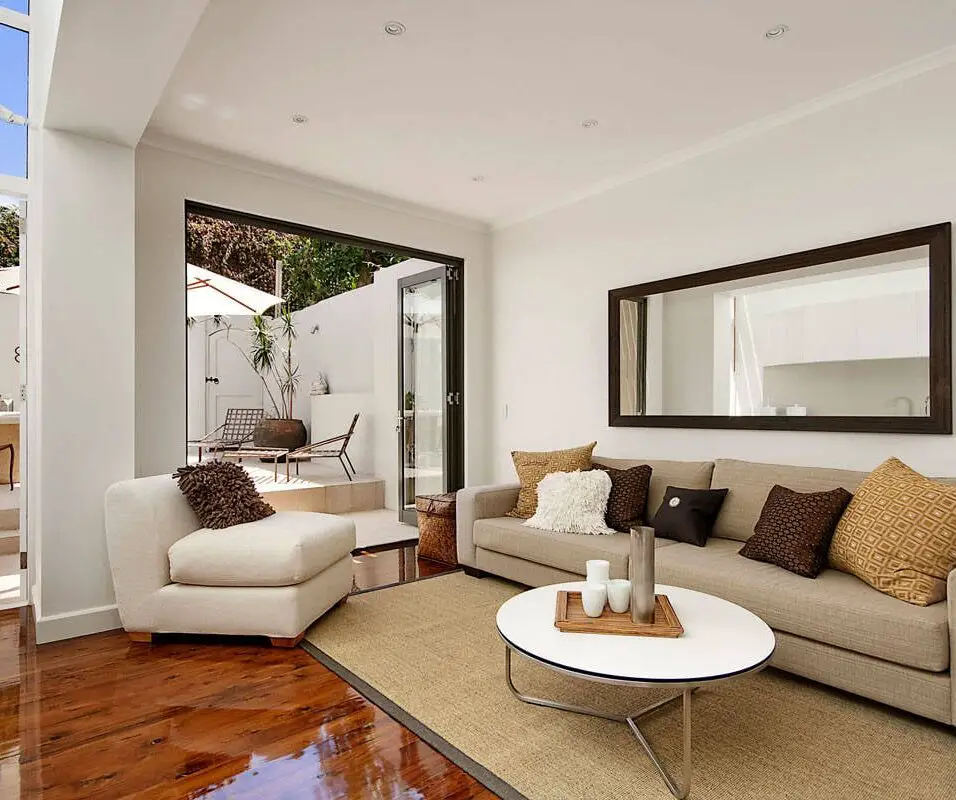How To Select Curtain Color For Living Room
Introduction
How To Select Curtain Color For Living Room: The size of your living room and the amount of natural light it receives play crucial roles in determining the appropriate curtain color. If you have a small living room, light-colored curtains. Can create an illusion of spaciousness and make the room feel more open. On the other hand, if your living room is large. You have more flexibility in choosing both light and dark curtain colors. Additionally, consider the direction your windows face. North-facing windows tend to receive cooler light, while south-facing windows receive warm sunlight. Understanding these lighting conditions will help you select colors that complement or balance the natural light in the room.
Take into consideration the existing decor and color scheme of your living room. Your curtains should harmonize with the furniture, walls, and other accessories in the space. If your living room has neutral or monochromatic tones, you can introduce curtains in bold. Vibrant colors to create a focal point or add a pop of color. Alternatively, if your living room already features bold colors or patterns, opt for curtains in more subtle shades that complement the existing palette without overwhelming the room.
Consider the style and mood you want to create in your living room. Different curtain colors evoke different emotions and set various atmospheres. For a serene and calming ambiance, choose soft and soothing colors like light blue, pastel green, or pale gray. If you prefer a more dramatic and sophisticated look, deep and rich colors like navy, burgundy, or emerald can add a touch of elegance. Ultimately, the color you select should align with the overall style and mood you wish to achieve.

Which colour curtains are best for living room?
Pastel Shades
Pastels are considered the best in Vastu Shastra, and include light pink, light blue, light green, aqua, lavender, cream, ivory, white, and light grey. Give a refined and understated appearance.
Neutral-colored curtains such as white, beige, cream, or light gray are versatile choices that can complement a wide range of living room styles and color palettes. They create a clean and timeless look and can make the room feel open and airy.
Colors inspired by nature, such as warm browns, soft greens, and muted yellows, can bring a cozy and inviting feel to the living room. Earth tones can help create a soothing and relaxing atmosphere, especially when combined with natural materials and textures.
Light blue and aqua shades can evoke a sense of tranquility and serenity. They work well in living rooms aiming for a calming and peaceful ambiance. Blue curtains can also create a refreshing contrast against warmer-toned walls or furniture.
Shades of gray, such as dove gray or charcoal, can add sophistication and elegance to the living room. Gray curtains can be a versatile choice, complementing both cool and warm color schemes while adding a touch of modernity to the space.
If you want to make a statement or add a pop of color, consider using bold-colored curtains as an accent. Vibrant hues like deep red, royal purple, or emerald green can bring energy and visual interest to an otherwise neutral room. However, it’s essential to ensure that the chosen color harmonizes with the overall color scheme and doesn’t overpower the space.
How to match curtains color in living room?
The color of the walls or ceiling
The color you decide to put on your walls is also important when choosing curtains. For example, if a living room has a lot of beige walls and dark blue furniture, choosing drapes in shades of orange like marigold, honey, or bronze can help make the room look more balanced.
Consider the Existing Color Palette
Start by considering the existing color palette of your living room. Take into account the colors of the walls, furniture, and accessories. Matching the curtain color to one of the dominant hues in the room can create a cohesive and balanced look. You can select curtains that are similar in shade or a complementary color to the existing palette.
Look for a curtain color that is in the same color family or has undertones that align with the dominant colors in the room. For example, if your living room features warm earth tones like browns and yellows. Consider curtains in similar warm shades like tan or golden. If you have cool-toned blues and grays, choose curtains in complementary cool shades like light blue or silver.
Complementary Colors
Another approach is to choose curtains in a complementary color to the wall color. Complementary colors are opposite each other on the color wheel and create a vibrant contrast. For example, if your walls are in a warm shade like beige or tan. Curtains in a cool color like blue or gray can create an eye-catching and balanced combination. This method adds visual interest and can create a focal point in the living room.
If your living room has a predominantly light color scheme, consider using curtains that are a few shades darker. This can add depth and contrast to the space. Conversely, if your living room features darker furniture or wall colors. Lighter-colored curtains can help balance the overall look and prevent the room from feeling too heavy or enclosed.
What colour should my curtains be?
It is always a good idea to match your curtain color with home decor pieces. A double layer of one sheer and one blackout is a classic and functional choice. If you are looking for minimal and modern style, pick a color that is close to you wall color or a slightly darker shade.
Consider the Existing Color Scheme
Start by considering the existing color scheme of the room. Look at the colors of the walls, furniture, flooring, and accessories. Determine whether you want your curtains to blend in or make a statement. If you prefer a cohesive look, choose curtains that are similar in color to the dominant hue in the room. This creates a harmonious atmosphere and allows other elements to stand out. If you want the curtains to make a statement, consider selecting a complementary or contrasting color that adds visual interest.
The color of your curtains can significantly influence the overall style and mood of your room. Different colors evoke different emotions and set various atmospheres. If you’re aiming for a serene and calming ambiance, consider light blue, soft green, or pale gray curtains. These colors promote relaxation and tranquility. For a more dramatic and sophisticated look, deep colors like navy, burgundy, or emerald can add a touch of elegance and create a sense of luxury.
Neutral Colors
Neutral colors are a versatile and timeless choice for curtains. Shades like white, cream, beige, or gray work well with almost any color scheme and design style. Neutral curtains provide a clean and understated backdrop, allowing other elements in the room to shine. They create a sense of openness and brightness, making the space appear larger and more airy. Neutral curtains also offer flexibility when it comes to changing or updating the room’s decor in the future.
Bold and Vibrant Colors
If you want to add a pop of color or make a bold statement, consider curtains in vibrant hues. Bold colors like deep blues, rich reds, or vibrant greens can create a dramatic effect and become a focal point in the room.
Ultimately, your personal taste and lifestyle should guide your decision. Consider your preferences and how you envision the overall look and feel of your room. Take into account factors such as maintenance and longevity. Lighter-colored curtains may require more frequent cleaning, while darker colors can fade over time due to sun exposure

Should curtains be lighter or darker than wall colour?
The rule of thumb is to choose curtains that are in the same colour family as the walls. Yet, be sure to choose a slightly lighter or darker share of the wall to create a tone-on-tone effect. In the past, the trend was to choose curtain colours in the opposite or complementary on the colour wheel of your wall paint.
One approach is to create contrast between the curtains and the wall color. If your walls are painted in a light or neutral shade, opting for darker curtains can provide an appealing contrast and add depth to the room. Conversely, if your walls are already dark or vibrant, lighter-colored curtains can create a striking contrast and prevent the room from feeling too heavy or enclosed. This contrast helps in highlighting both the curtains and the walls, creating a visually balanced look.
Lighter Curtains
Choosing lighter curtains compared to the wall color is a popular approach that can create a sense of openness and brightness in the room. Lighter curtains, such as whites, creams, pastels, and soft neutrals, have the ability to reflect more light, making the room feel more illuminated and spacious. This option is particularly suitable for smaller spaces or rooms with limited natural light, as it helps maximize the available light and create a more airy atmosphere. Lighter curtains also provide a clean and neutral backdrop that allows other elements in the room to stand out, such as furniture, artwork, or decorative accents. They can create a sense of harmony and balance with the wall color, especially if the walls are a darker or bolder hue.
The size of your room and the amount of natural light it receives can influence your decision. Lighter-colored curtains can make a small room feel more spacious and open by reflecting light and creating an airy atmosphere. If your room has limited natural light, lighter curtains can help maximize the brightness and create a sense of expansiveness. On the other hand, darker curtains can add warmth and coziness to a large room, making it feel more intimate and inviting.
Darker Curtains
Opting for darker curtains compared to the wall color can create a different visual impact and add depth and drama to the room. Darker curtains, such as deep browns, rich blues, or charcoal grays, can create a sense of coziness and intimacy. They can make a bold statement and add a touch of elegance to the space. Darker curtains work particularly well in rooms with ample natural light or when combined with lighter wall colors, as the contrast between the two can create a striking visual effect.
However, it’s important to ensure that the room still maintains a balance and does not feel overly heavy or oppressive. Using darker curtains can be a way to create a focal point or add contrast to a predominantly light-colored room.
Consider the mood and atmosphere you want to create in the room. Light-colored curtains tend to evoke a sense of serenity, calmness, and freshness. They can contribute to a light and airy ambiance, making them suitable for spaces where you desire a tranquil and relaxed atmosphere.
What colour curtains make room look brighter?
Go with lighter curtains
Heavy curtains make the room feel dark when you want to lighten the room to make it feel brighter. Focus on the lighter curtain colors as well. A warm yellow or soft blue can help turn any room airier. You want your curtains to help spread light in your room while adding privacy.
Consider using sheer or semi-sheer curtain fabrics to maximize the amount of natural light entering the room. Sheer curtains allow sunlight to pass through while maintaining privacy. They create a soft and diffused glow, adding a bright and ethereal feel to the space. Light-colored sheer curtains in white or ivory are especially effective in maximizing brightness.
White curtains are a classic choice for brightening a room. They reflect light exceptionally well and can make a significant difference in increasing the overall brightness. Crisp white curtains create a clean and fresh look, making the room feel more spacious and inviting. For a touch of elegance, consider adding texture to white curtains, such as lace or embroidered patterns.
Pale and soft pastel colors, such as light blue, soft pink, or mint green, can contribute to a brighter room ambiance. These colors have a calming effect and reflect light effectively. They add a subtle hint of color while maintaining a bright and airy feel. Pastel curtains work well in rooms with light-colored walls, providing a gentle contrast without overpowering the space.
Introducing metallic accents in your curtains can help amplify the brightness in a room. Curtains with shimmering or metallic threads, such as silver or gold, reflect light and create an illusion of increased brightness. These accents add a touch of glamour and can make a room feel more vibrant and radiant.
Should all curtains in a house match?
Some people tend toward stark and modern, while others prefer bohemian, colorful and eclectic. The sky is the limit when it comes to your window coverings. If you’re asking whether all of your indoor window coverings should match, the short answer is no; they don’t have to.
Each room in your house serves a different purpose, and the choice of curtains can reflect that. While maintaining consistency in terms of style, consider the function and ambiance you want to create in each room. For example, you might prefer blackout curtains in bedrooms for better sleep, sheer curtains in living areas to allow more natural light, and moisture-resistant curtains in bathrooms. The colors and fabrics can vary based on these factors, but keeping a cohesive thread can tie the overall look together.
If you choose to mix different curtain colors or patterns, ensure that they harmonize with the rest of the room’s decor. Consider the color palette of the walls, furniture, and other elements in the room. Choose colors and patterns that complement or coordinate with these existing elements. If you have a dominant color in a room, you can use curtains with complementary or contrasting colors to create visual interest.
In homes with open floor plans or transition spaces where rooms flow seamlessly into one another, it can be beneficial to maintain some level of consistency in curtain colors or styles. This helps create a sense of continuity and cohesiveness as you move through the different areas. However, you can still introduce subtle variations in fabric textures, patterns, or accents to add personality and interest.
What color curtains go with walls?
It is recommended that you get curtains that are slightly darker or lighter than your wall shade to avoid making the room feel dull. White curtains are classy and clean. They have the ability to brighten up any room (even a beige one). To go bold in a beige room you can also try getting orange curtains.
Complementary Colors
Creating a monochromatic color scheme involves selecting curtain colors that are within the same color family or share similar undertones as your walls. This creates a cohesive and seamless look. For instance, if your walls are painted in a light gray, opting for curtains in a slightly darker or lighter shade of gray can provide a sophisticated and elegant feel. Monochromatic pairings work well in creating a unified and serene ambiance.
Accent Colors
If you want to add a pop of color or create a focal point, you can choose curtains in an accent color that complements the wall color. Accent colors are hues that stand out and create visual interest. For example, if your walls are a neutral shade, curtains in a bold color like red, orange, or teal can make a statement and add a vibrant touch to the room. This approach works well when you want to incorporate a specific color scheme or highlight a particular element in the space.
If you want to add a vibrant and eye-catching element to your space, consider selecting curtains that provide a contrasting pop of color against your walls. This approach works well when you have neutral or monochromatic walls and want to introduce a focal point. Choose a curtain color that complements or enhances the color scheme of your room. For example, if your walls are painted in a soft shade of blue, curtains in a bold coral or teal can create a striking contrast.
Light and Sheer Options
If you prefer a more subtle and ethereal look, consider light and sheer curtain options. These curtains allow light to filter through, creating a soft and airy ambiance. White or cream-colored sheer curtains can add a touch of elegance and sophistication to the room while providing privacy.
Can curtains be darker than walls?
A general rule of thumb is for curtains & walls to be one shade lighter or darker than each other, or be a complimentary colour to each other. Although light or dark curtains can influence the mood of a room, provided they match the colour, hues & shade of the walls, it will be a good choice.
Darker curtains can contribute to creating a cozy and intimate atmosphere. If you desire a room that feels warm and snug, choosing curtains in deep hues like navy blue, burgundy, or charcoal gray can achieve this effect. The darker color creates a sense of enclosure and can make the space feel more inviting, especially in larger rooms or spaces with high ceilings.
Dark curtains can serve as a backdrop that accentuates other elements in the room. When paired with lighter-colored furniture, artwork, or accessories, the curtains can help draw attention to these elements and create a sense of balance. The contrast between the dark curtains and lighter-colored decor creates a visually pleasing composition.
When choosing darker curtains, it’s essential to consider the amount of natural light in the room. Darker curtains can absorb light rather than reflect it, potentially making the space feel darker, especially in rooms with limited natural light. To mitigate this, ensure the room has adequate artificial lighting sources to balance the overall brightness and prevent the space from feeling too enclosed.
To ensure a cohesive look, consider coordinating the color of the curtains with other elements in the room. Incorporate other dark-colored accents or furniture pieces to create a sense of balance and coordination. This helps create a unified and intentional design scheme rather than having the dark curtains appear out of place.

Conclusion
It’s crucial to understand the impact of natural light on the color of your curtains and how it interacts with the size of the room. Additionally, the existing decor and color palette should be taken into account to ensure a harmonious and cohesive look. Consider the desired style and mood you wish to create, whether it’s a tranquil and soothing atmosphere or a bold and dramatic statement.
Practicality and maintenance should not be overlooked, as certain colors may require more frequent cleaning or be more susceptible to fading. Lastly, trust your personal preference and let it guide your decision-making process, ensuring that the curtain color resonates with your individual taste and aesthetic vision. The best color for living room curtains is one that aligns with your personal style, complements the existing decor, and creates the desired atmosphere in the space.
Ultimately, your personal taste and preference should guide your decision. Take the time to explore different options, gather inspiration from interior design resources, and consider what colors resonate with you and your living room’s overall aesthetic. Don’t be afraid to experiment and consider swatches or samples against the room’s walls, furniture, and lighting to help you visualize the final result.




